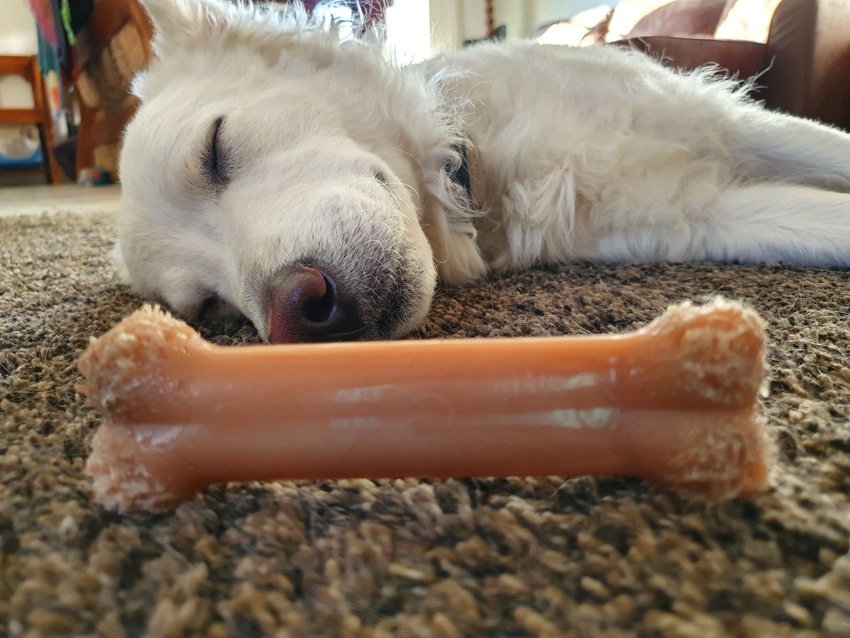Content Spotlight
Podcast: MilliporeSigma says education vital to creating unbreakable chain for sustainability
MilliporeSigma discusses the importance of people, education, and the benefits of embracing discomfort to bolster sustainability efforts.

Doggybone DNA vaccines can overcome the costly manufacturing limitations of plasmid DNA and the complex formulations and cold-chain issues of mRNA, says Touchlight’s chief research officer.
With the successful rollout of Moderna and Pfizer/BioNTech’s respective COVID-19 vaccines, nucleic acid vaccines have shown overwhelming success for pandemic response due to their rapidity of manufacture and induction of robust immune responses, but limitations remain.
“Most nucleic acid vaccines are mRNA-based, which induce high titers of neutralizing antibodies (nAb) but lower induction of CD8+ T cell responses, which are likely required for reducing disease severity and maintenance of long-lived immunity.” Touchlight’s chief research officer, Helen Horton, tells BioProcess Insider.

“They also require lipid nanoparticle (LNP) delivery, which has been associated with toxicity.” Importantly, she added, mRNA vaccines require cold chain due to their inherent instability.
Plasmid DNA (pDNA), meanwhile, overcomes some issues, she continues, as pDNA vaccines induce “a balanced immune response with induction of both nAb – albeit at lower levels than mRNA vaccines – and CD8+ T cells” but “require simple saline formulation and are stable at room temperature thereby eliminating the limitations of mRNA vaccines.”
Indian drugmaker Zydus Cadilla developed the first vaccine (ZyCoV-D) to receive emergency use authorization in humans earlier this year. The vaccine has shown 100% efficacy against COVID severe disease.
“However, to date, large doses of pDNA are required for induction of effective immunity,” says Horton.
Thus to overcome the deficiencies in both these technologies, Touchlight has developed what it calls doggybone DNA, or dbDNA.
“dbDNA is a linear, double stranded, covalently closed DNA vector which is produced in an enzymatic manufacturing process. It can incorporate a gene of interest from 600bp to >20kb making it very flexible to support a range of genetic medicines including mRNA, DNA vaccines and viral vectors,” Horton tells us.
“Touchlight has performed two minipig studies using the same delivery formulation (saline) and device (Pharmajet Tropis needle-free intra-dermal delivery) as the vaccine authorized for Zydus Cadilla. These studies demonstrate that dbDNA is 10-100x more potent than pDNA at induction of both nAb and CD8+ T cells. Further optimization by Touchlight is underway to improve immunogenicity even further.”
According to Horton, looking at dbDNA-based vaccines can also overcome manufacturing issues surrounding traditional pDNA production.
“The COVID pandemic has highlighted that on-shore manufacturing is required, especially for resource-limited countries. Traditional pDNA manufacture cannot meet these demands as it is time-consuming and requires large stainless-steel fermenters for production. Manufacture in E. coli also requires that the pDNA encodes antibiotic resistance genes,” she says.
“Touchlight’s dbDNA technology is an ideal alternative as its biosynthetic process requires minimal benchtop equipment, in a small footprint, to produce material in a three-day process. dbDNA is enzymatically amplified removing the need for E. coli and, therefore, does not contain antibiotic resistance genes, making it a safer product. The process can be easily scaled and moved to wherever production is needed.”
This has been proven with Touchlight recently delivering 5g of GMP dbDNA to a large Pharma client in three weeks, though the customer has not been disclosed.
dbDNA may hold another advantage, Horton adds, considering the Omicron variant that was recently discovered.
“GMP dbDNA production is much faster than conventional GMP pDNA manufacture allowing production of grams of material within a few weeks of receiving the template. This could enable much more rapid production of vaccines to tackle emerging variants eg. Omicron SARS-CoV2.”
You May Also Like